Skiing is an exhilarating winter sport that combines thrill, speed, and the breathtaking beauty of snow-covered mountains. However, safety is paramount when hitting the slopes, and the best ski helmets ensure you’re well-protected while maintaining comfort and style. Whether you’re a seasoned skier or a beginner, investing in a high-quality ski helmet is essential for both safety and performance. Let’s dive into a comprehensive guide to help you choose the Best Ski Helmets for your next adventure.
Why Ski Helmets Are Essential
A ski helmet is more than just a protective accessory; it’s a crucial safety gear that can prevent severe head injuries during accidents. Modern ski helmets are designed with advanced materials, offering excellent impact resistance, comfort, and features like ventilation and adjustable fits. They’re also stylish and compatible with goggles, ensuring your safety doesn’t compromise your look.
What Makes the Best Ski Helmets?
The best ski helmets strike a perfect balance between protection, comfort, ventilation, and usability. Look for helmets that:
- Meet safety standards like ASTM F2040.
- Offer adjustable fit systems for a snug and secure fit.
- Include features like removable ear pads, ventilation systems, and audio compatibility.
- Are lightweight yet durable.
Top Ski Helmets for Every Need
1. Best Value for Crash Test Analysis: Giro Ratio Mips
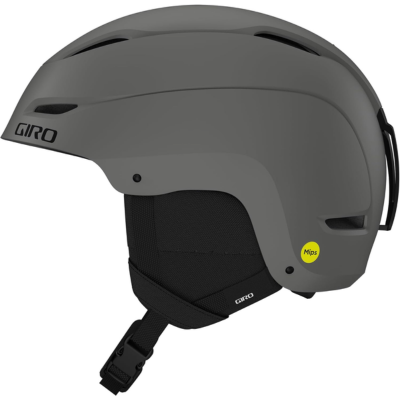
The Giro Ratio Mips is an outstanding choice for skiers looking for an affordable yet high-performing helmet.
Key Features:
- High-impact test score.
- Adjustable vents for precise airflow control.
- Harness system with an oversized dial for easy adjustments, even with gloves.
- Audio compatibility and removable ear covers.
Reasons to Buy:
- Excellent impact protection.
- Adjustable fit for comfort.
- Budget-friendly without compromising on quality.
Drawbacks:
- Slightly heavier and bulkier compared to other models.
The Giro Ratio Mips is perfect for casual skiers seeking an affordable yet reliable helmet with top-notch safety features.
2. Best Ventilation: Smith Vantage Mips
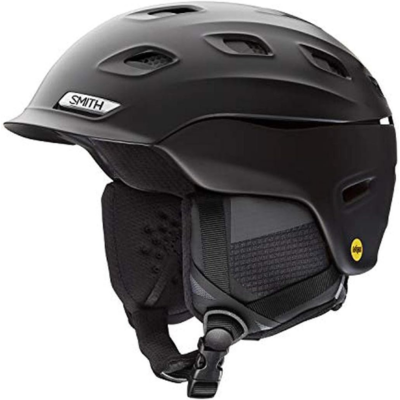
If ventilation is your priority, the Smith Vantage Mips is hard to beat. It’s a favorite among resort riders for its superior airflow and comfort.
Key Features:
- 20 midsized vents with dual toggles for front and back zone control.
- Adjustable dial fit system for a customized fit.
- Lightweight construction with excellent warmth.
Reasons to Buy:
- Incredible ventilation system.
- Comfortable and secure fit.
- High-quality construction.
Drawbacks:
- Expensive compared to other helmets.
- Average performance in impact tests.
For those who prioritize comfort and ventilation, the Smith Vantage Mips is an excellent choice.
3. Best Low-Profile Helmet: Pret Cynic X2 Mips
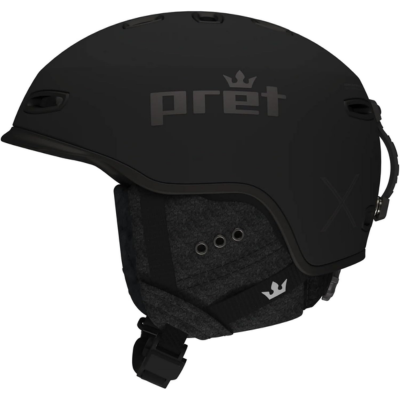
The Pret Cynic X2 Mips is designed for skiers who want a sleek, low-profile helmet that doesn’t skimp on performance.
Key Features:
- Magnetic buckle for ease of use.
- In-mold construction for a lightweight design.
- Dial-based adjustment system for a perfect fit.
Reasons to Buy:
- Streamlined, low-profile design.
- Comfortable and warm.
- Easy to adjust, even with gloves.
Drawbacks:
- Lack of adjustable vents.
- Average impact test results.
The Pret Cynic X2 Mips is ideal for riders who value minimalism and style while ensuring adequate safety and comfort.
4. Giro Ledge Ski Helmet
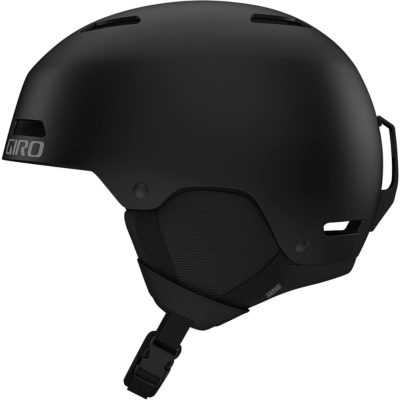
A versatile option suitable for men, women, and youth, the Giro Ledge Ski Helmet offers a blend of durability and affordability.
Key Features:
- Hard shell construction with EPS foam liner.
- Auto Loc 2 Fit System for a hassle-free fit.
- Stack ventilation to prevent goggle fogging.
Reasons to Buy:
- Seamless compatibility with goggles.
- Durable and rugged build.
- Great value for its features.
Drawbacks:
- May lack advanced customization features.
This helmet is perfect for those seeking a durable, affordable option that works well for all skill levels.
5. Odoland Ski Helmet and Goggles Set
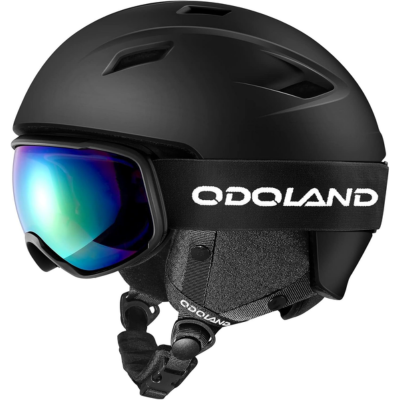
This set is an excellent choice for skiers who want a complete package for safety and style.
Key Features:
- Comes with detachable goggles.
- Lightweight and well-ventilated design.
- Adjustable straps and removable earmuffs.
Reasons to Buy:
- All-in-one set for convenience.
- Effective fog-reducing goggles.
- Comfortable and warm.
Drawbacks:
- Limited color options.
The Odoland Ski Helmet and Goggles Set is perfect for those new to skiing who need an affordable, ready-to-go option.
6. DBIO Snowboard Helmet
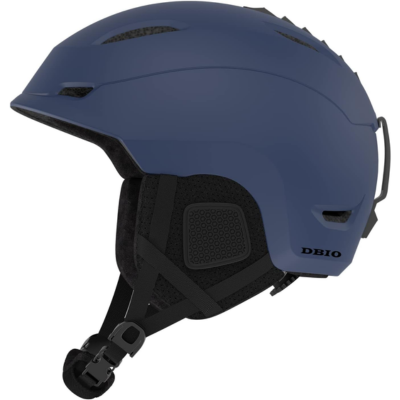
The DBIO Snowboard Helmet offers excellent safety features and comfort for snow sports enthusiasts.
Key Features:
- Reinforced ABS shell with shock-absorbing EPS core.
- 9 adjustable vents for optimal airflow.
- Compatible with most goggles.
Reasons to Buy:
- Superior protection with ASTM certification.
- Adjustable size for a custom fit.
- Multipurpose design for various winter activities.
Drawbacks:
- Fewer advanced features compared to premium models.
This helmet is ideal for budget-conscious skiers who want reliable safety and functionality.
10 Frequently Asked Questions (FAQs) About Ski Helmets
1. Why do I need a ski helmet?
A ski helmet provides essential protection against head injuries and enhances comfort during skiing.
2. What is MIPS technology?
MIPS (Multi-directional Impact Protection System) reduces rotational forces during angled impacts, offering better protection.
3. How do I choose the right size?
Measure the circumference of your head and refer to the manufacturer’s size chart for an accurate fit.
4. Are ski helmets compatible with all goggles?
Most ski helmets are designed to work with a wide range of goggles. Check for compatibility features like goggle clips.
5. Can I use a bike helmet for skiing?
No, ski helmets are specifically designed to withstand cold temperatures and impacts associated with skiing.
6. How often should I replace my ski helmet?
Replace your helmet every 5 years or after a significant impact.
7. Are all ski helmets ventilated?
Yes, most ski helmets feature ventilation systems to keep you comfortable and prevent goggles from fogging.
8. Do ski helmets come with audio compatibility?
Many models offer audio compatibility, allowing you to listen to music or take calls while skiing.
9. What is the difference between in-mold and hard shell helmets?
In-mold helmets are lightweight and low-profile, while hard shell helmets offer added durability.
10. Can I wash my ski helmet?
Yes, most ski helmets have removable liners and pads that can be washed. Follow the manufacturer’s instructions.
Final Thoughts
Choosing the Best Ski Helmets depends on your skiing style, budget, and specific needs. Whether you prioritize safety, ventilation, or a sleek design, there’s a helmet tailored for you. Investing in a high-quality ski helmet ensures you can hit the slopes with confidence and focus on enjoying the thrill of the sport. Stay safe and stylish on your next skiing adventure!

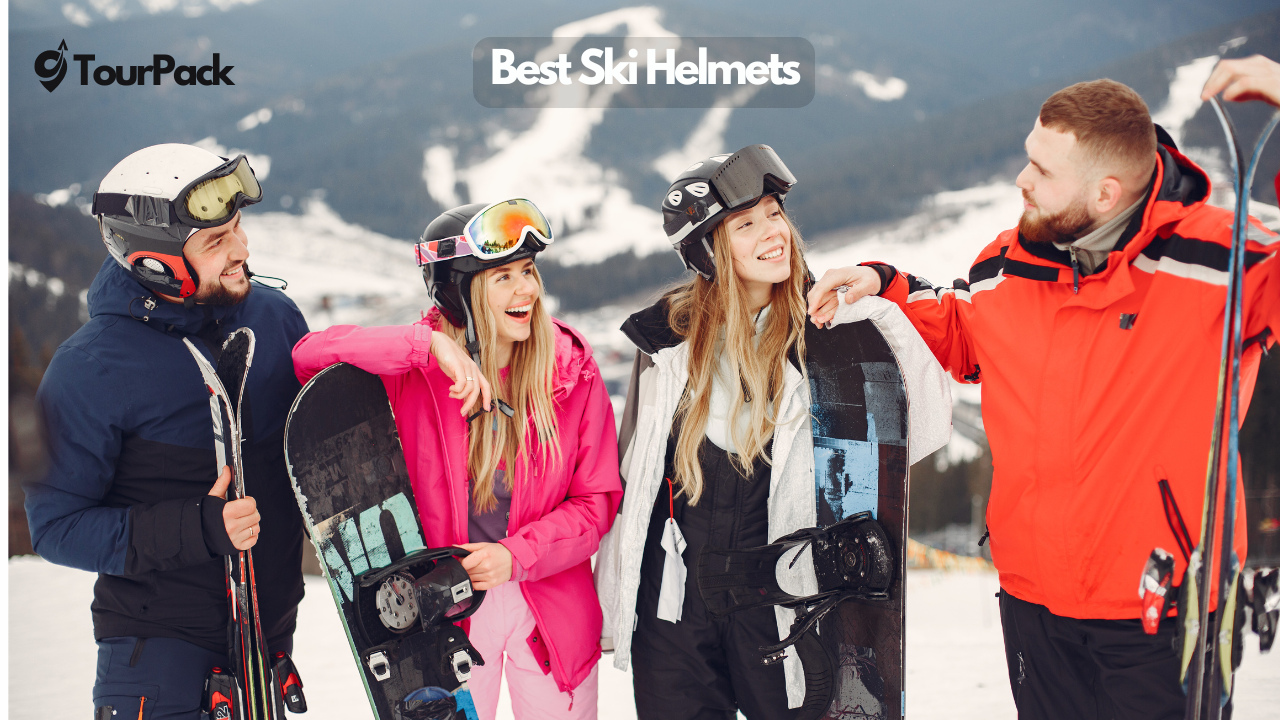
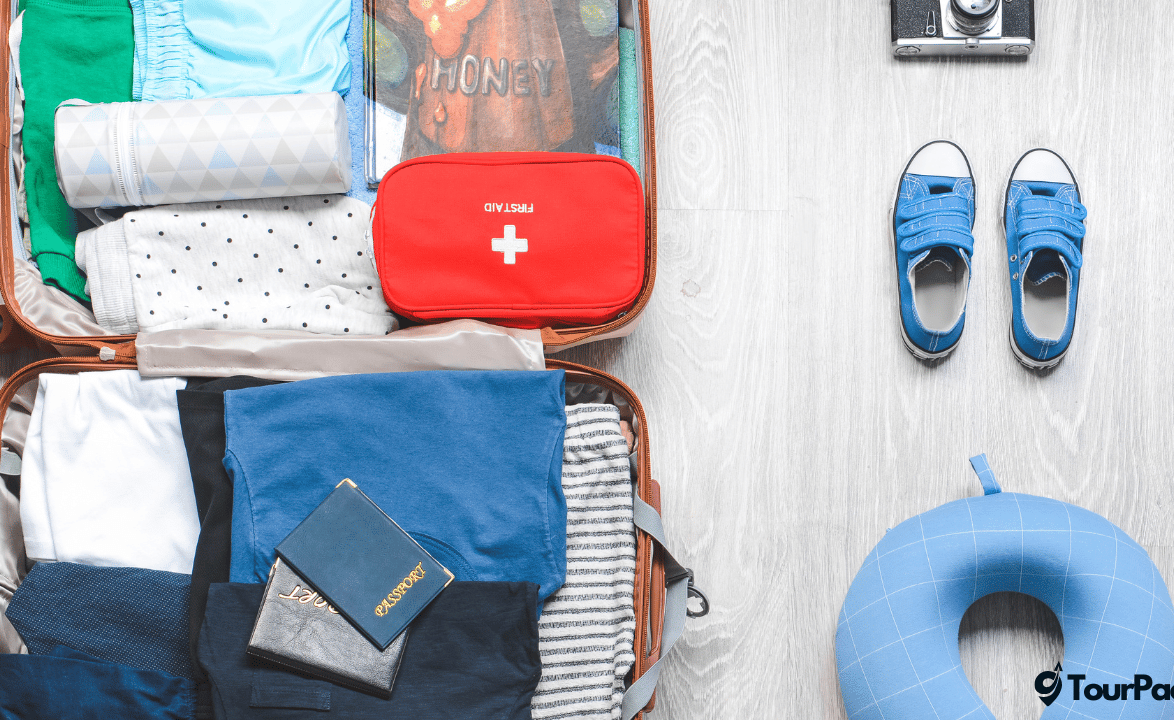
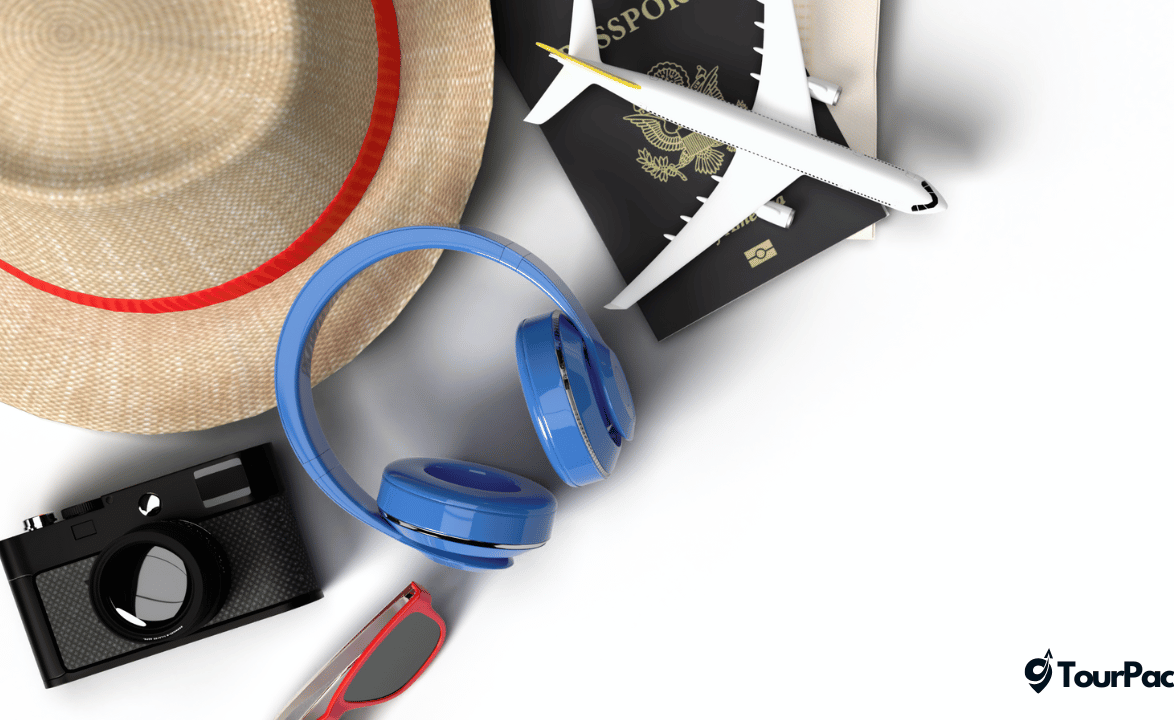
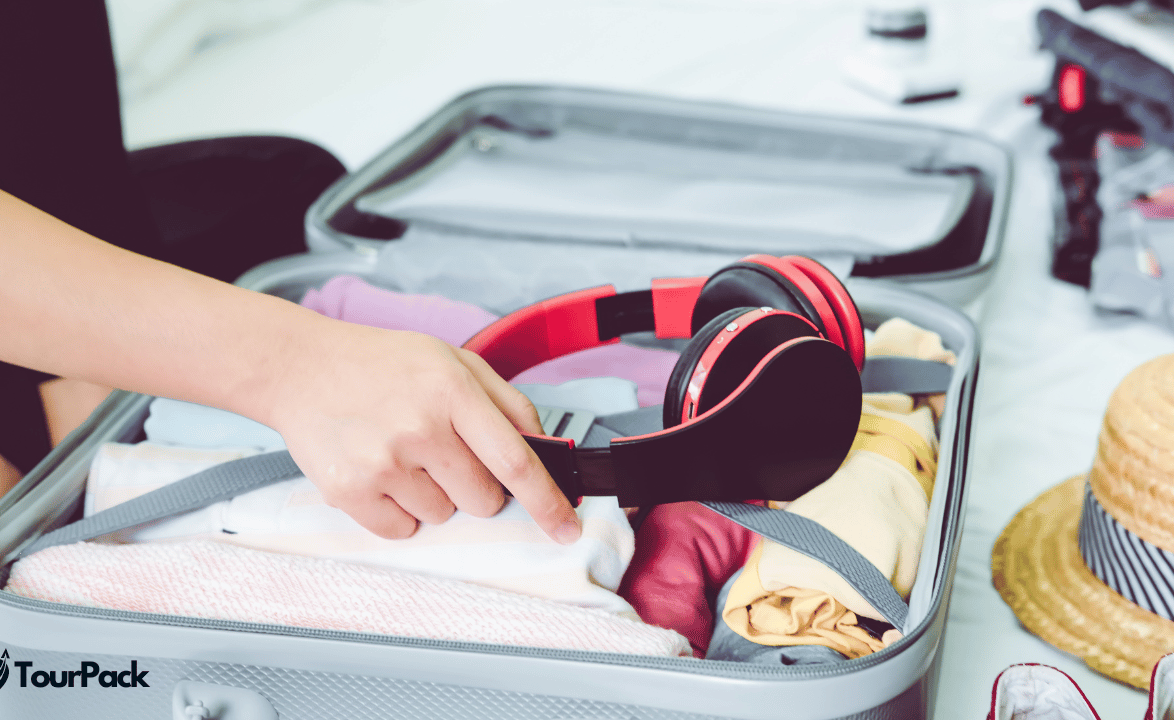
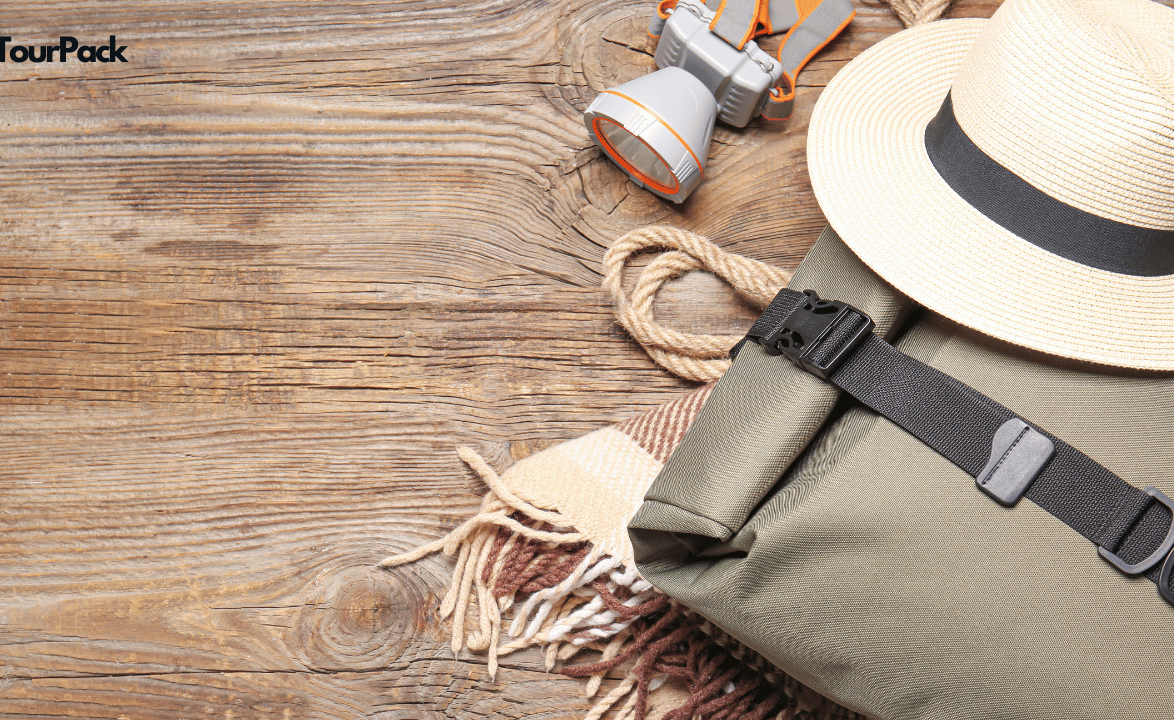
Leave a Comment
Your email address will not be published. Required fields are marked *